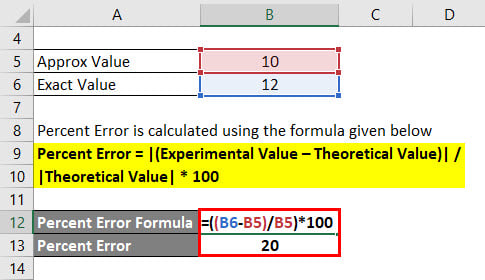

There are no significant figures so this would mean the calculated 0.0171% error would be zero correct. In actually you should have used the reverse That would be the 8 in 10.98 in the following example. Addition and subtraction round to the the last common significant decimal place of all the measurements. figsĬorrect for subtraction you have used. So my question is if the experimental is close enough to the actual that the subtraction would give zero significant figures, would then the percent error then be zero?ĮX: measured density of 0.997g/ml and actual density of 0.997171g/ml then, 0.997171-0.997=0.000171 which would be rounded to 0.000 due to sig.


 0 kommentar(er)
0 kommentar(er)
